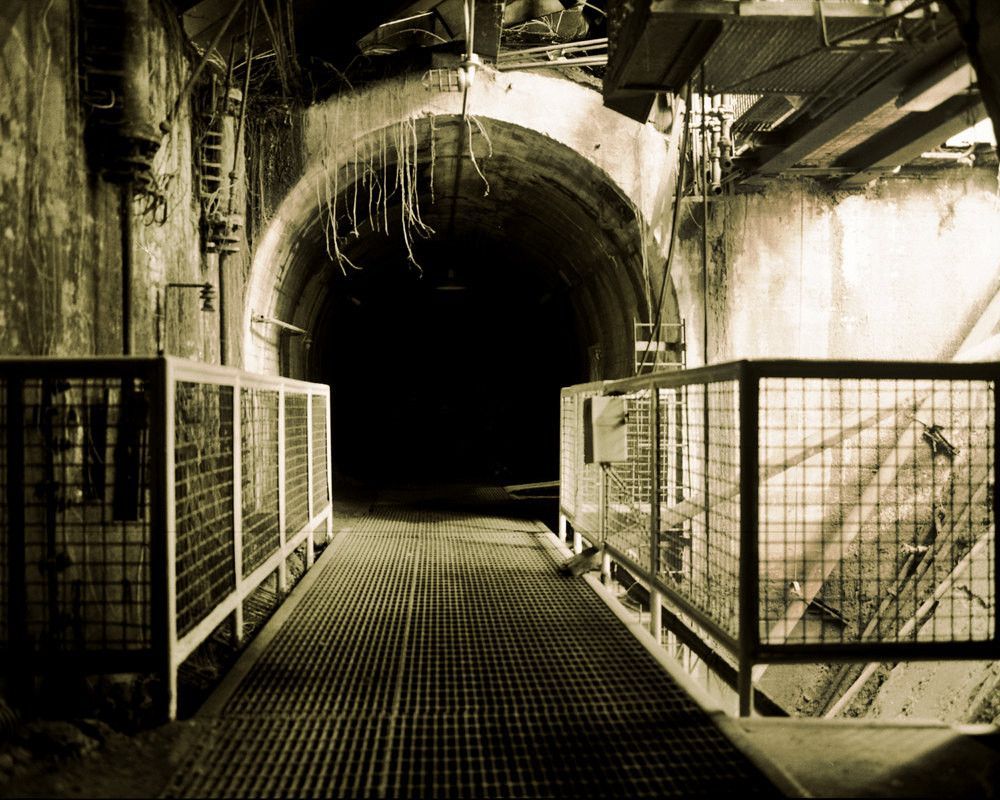Underground Tunnels Beneath Factories: A Hidden World of Industrial History
Deep beneath the bustling factories and industrial complexes that dot our cities, lies a hidden world – a network of underground tunnels that holds secrets from the past. These subterranean passageways were once essential for the functioning of these factories, but now they lay abandoned, waiting to be explored by those willing to venture into their depths. Urban explorers have taken up this challenge, delving into the forgotten history that lies beneath our feet.
The allure of exploring underground tunnels is undeniable. It offers a thrilling sense of adventure and discovery, as well as an opportunity to delve into the rich industrial heritage that shaped our cities. These tunnels not only serve as physical connectors between various factory buildings but also bear witness to the ingenuity and innovation of their creators.
One such example is found in Detroit, Michigan – a city known for its automotive industry and manufacturing prowess. Deep below many iconic car factories lie vast networks of tunnels built during the early 20th century. These tunnels were initially constructed to transport raw materials such as coal, iron ore, and limestone throughout the sprawling facilities.
Walking through these dimly lit passages today transports you back in time – each step echoing with whispers from an era long gone. The dampness hangs heavy in the air while graffiti-covered walls tell stories of exploration by urban adventurers who came before you.
Exploring these underground labyrinths provides a unique perspective on how industries operated in days gone by. Despite being largely forgotten or overlooked by modern society, these tunnels reveal insights into how labor was divided within factories and how different processes were interconnected.
For instance, some tunnels would house massive pipes carrying steam or chemicals required for different stages of production. Ventilation systems were also present to maintain air quality deep within these subterranean realms where workers would spend hours at a time.
However fascinating it may be to explore these underground spaces today, it’s essential to remember the risks involved. These tunnels are often dark, damp, and unstable due to years of neglect. Venturing into them without proper equipment or knowledge can be dangerous and should only be attempted by experienced urban explorers with a deep understanding of safety protocols.
It’s also important to respect these spaces as historical artifacts rather than treating them as mere playgrounds for adventure seekers. Graffiti, vandalism, and theft have unfortunately become common occurrences in some areas. To preserve the integrity of these underground sites, it is crucial that visitors leave them undisturbed and report any instances of damage they may come across.
In recent years, efforts have been made to acknowledge the historical significance of these tunnels and incorporate them into revitalization projects. Some cities have turned abandoned factory complexes into mixed-use developments where the underground passages are repurposed as recreational spaces or even transformed into museums showcasing their industrial past.
These initiatives not only provide an opportunity for people to explore these hidden worlds safely but also contribute to preserving our industrial heritage for future generations. By shining a light on what lies beneath our factories, we gain a deeper understanding of the forces that shaped our cities and industries today.
So next time you walk past a towering factory building or hear stories about its vibrant history, take a moment to imagine what lies beneath your feet – a labyrinthine network connecting us with our manufacturing roots. And if you ever get the chance to venture underground, treat it with reverence – for within those forgotten tunnels lie echoes of human ingenuity and industry that deserve recognition and preservation.

Leave a comment